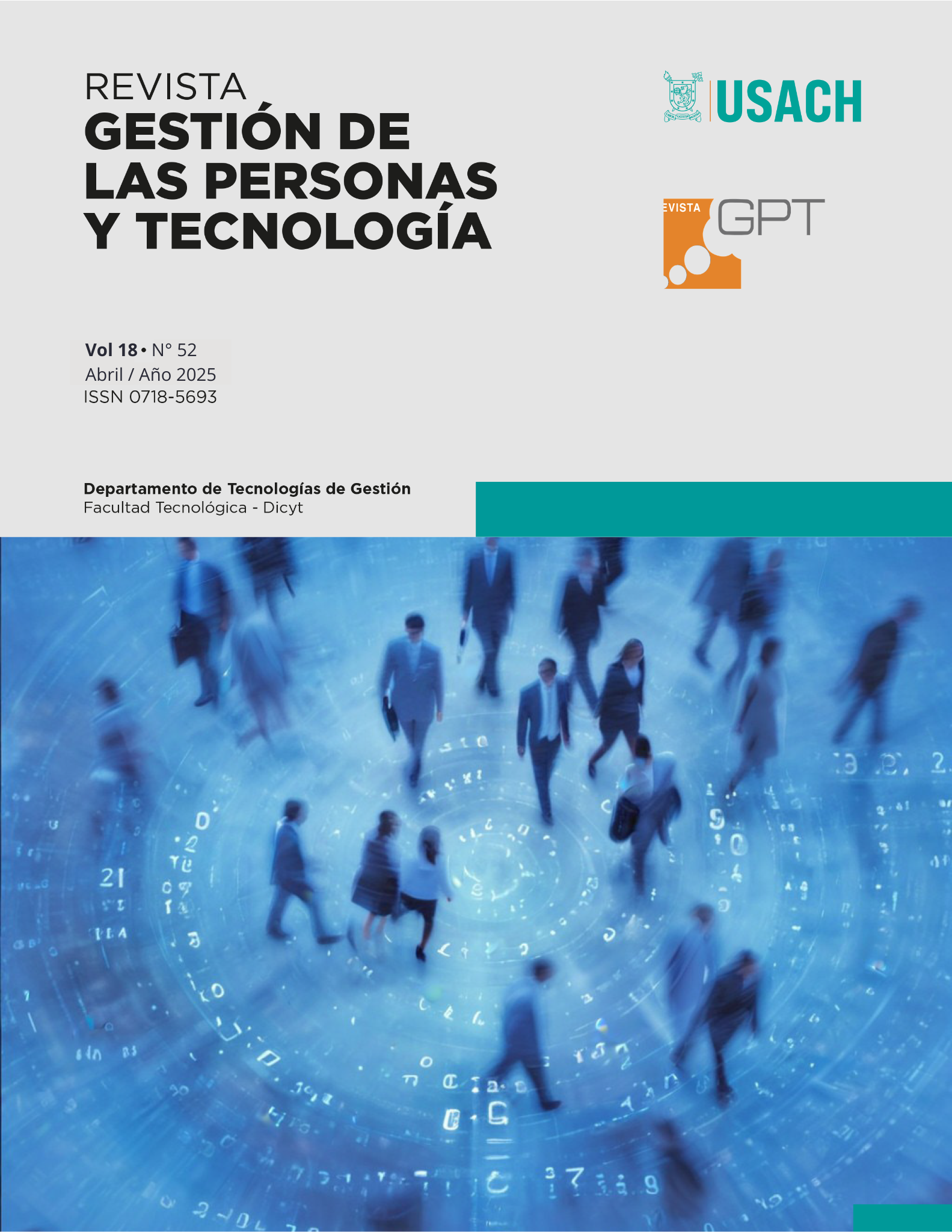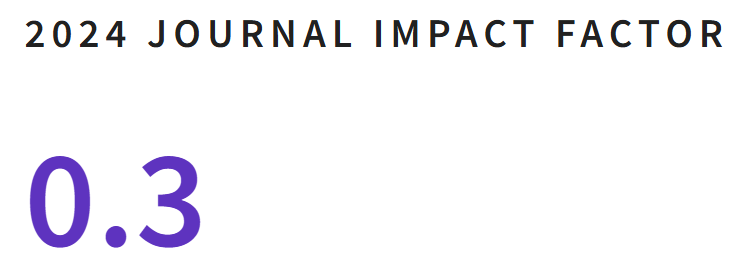Medición del acceso a tecnologías digitales para la educación superior
DOI:
https://doi.org/10.35588/79tjs043Palabras clave:
acceso TIC, uso TIC, tecnologías digitales, educación superiorResumen
El objetivo del trabajo es caracterizar el acceso a tecnologías digitales por parte de estudiantes de una institución de educación superior en Colombia que oferta programas académicos bajo la modalidad virtual. Para recolectar la información se encuestaron a 384 personas vinculadas con la universidad. Se lograron identificar el computador portátil, internet fijo y smartphone como las principales herramientas digitales utilizadas por estudiantes, los cuales fueron comparados por género, encontrando similitudes y diferencias que se presentan en el documento. Adicionalmente, se encontró que tableta, proyector, equipos de audio y asistente de voz, son los dispositivos con menores niveles de acceso por parte de los encuestados. Estos resultados pueden presentar un insumo significativo para el desarrollo de programas y planes de curso, a partir de las herramientas que tienen mayor accesibilidad por parte de la población involucrada en el proceso de enseñanza-aprendizaje.
Descargas
Referencias
Abdulrahim, H. y Mabrouk, F. (2020). COVID-19 and the Digital Transformation of Saudi Higher Education. Asian Journal of Distance Education, 15(1).
Adams Becker, S., Cummins, M., Davis, A., Freeman, A., Giesinger Hall, C., Ananthanarayanan, V., Langley, K., y Wolfson, N. (2017). NMC Horizon Report: 2017 Library Edition. Austin, Texas: The New Media Consortium. https://www.learntechlib.org/p/182005/
Anderson, T. y McGreal, R. (2012). Disruptive pedagogies and technologies in universities. Educational Technology and Society, 15(4).
Aresta, M., Pedro, L. y Santos, C. (2015). Mobile learning and higher education: A theoretical overview. Journal of Mobile Multimedia, 11(1–2).
Ávila-Fajardo, G., y Riascos-Erazo, S. (2011). Propuesta para la medición del impacto de las TIC en la enseñanza universitaria. Educación y Educadores, 14(1), 169-188. http://www.scielo.org.co/scielo.php?script=sci_arttext&pid=S0123-12942011000100010&lng=en&tlng=es
Balakrishnan, V. y Gan, C. L. (2016). Students’ learning styles and their effects on the use of social media technology for learning. Telematics and Informatics, 33(3). https://doi.org/10.1016/j.tele.2015.12.004
Beetham, H. y Sharpe, R. J. (2013). Rethinking pedagogy for a digital age: Designing for 21st Century Learning. Routledge eBooks. https://doi.org/10.4324/9780203078952
Bullen, M. y Morgan, T. (2015). Digital Learners in Higher Education: Implications for Teaching, Learning & Technology. En Gisbert & Bullen (Ed), Teaching and Learning in Digital Worlds. Tarragona: Publicacions URV.
Bryant, P. (2017). It Doesn’t Matter What Is in Their Hands: Understanding How Students Use Technology to Support, Enhance and Expand Their Learning in a Complex World. International Conference Educational Technologies 2017.
Li, C. y Lalani, F. (2021). The COVID-19 pandemic has changed education forever. This is how. World Economic Forum.
Chen, P. S. D., Lambert, A. D. y Guidry, K. R. (2010). Engaging online learners: The impact of Web-based learning technology on college student engagement. Computers and Education, 54(4). https://doi.org/10.1016/j.compedu.2009.11.008
Cohen, A. y Baruth, O. (2017). Personality, learning, and satisfaction in fully online academic courses. Computers in Human Behavior, 72. https://doi.org/10.1016/j.chb.2017.02.030
Cohen, A., Soffer, T. y Henderson, M. (2022). Students’ use of technology and their perceptions of its usefulness in higher education: International comparison. Journal of Computer Assisted Learning, 38(5). https://doi.org/10.1111/jcal.12678
Cohen, J. (1988). Statistical power analysis for the behavioral sciences (2nd ed.). Lawrence Erlbaum Associates.
DataReportal. (2024, February 23). Digital 2024: Colombia. DataReportal. https://datareportal.com/reports/digital-2024-colombia
Goodfellow, R. y Lea, M. (2009). Academic Literacies in the Digital University. In Literacy in the Digital University. Seminar One October 16th 2009 Edinburgh University. https://oro.open.ac.uk/25393/2/3476C53.pdf
Han, I. y Shin, W. S. (2016). The use of a mobile learning management system and academic achievement of online students. Computers and Education, 102. https://doi.org/10.1016/j.compedu.2016.07.003
Henderson, M., Selwyn, N. y Aston, R. (2017). What works and why? Student perceptions of ‘useful’ digital technology in university teaching and learning. Studies in Higher Education, 42(8). https://doi.org/10.1080/03075079.2015.1007946
Henderson, M., Selwyn, N., Finger, G. y Aston, R. (2015). Students’ everyday engagement with digital technology in university: exploring patterns of use and ‘usefulness.’ Journal of Higher Education Policy and Management, 37(3). https://doi.org/10.1080/1360080X.2015.1034424
Henrie, C. R. (2016). Measuring Student Engagement in Technology-Mediated Learning Environments. (Dissertation Doctor Degree, Brigham Young University). ProQuest Dissertations and Theses.
Kennedy, M. y Dunn, T. J. (2018). Improving the use of technology enhanced learning environments in higher education in the UK: A qualitative visualization of students’ views. Contemporary Educational Technology, 9(1). https://doi.org/10.30935/cedtech/6212
Losh, E. (2018). Gaining Ground in the Digital University. In The War on Learning. The MIT Press. https://doi.org/10.7551/mitpress/9861.003.0011
Ministerio de Tecnologías de la Información y Comunicación. (2024). Estadísticas TIC Trimestre 1 2024. ColombiaTIC. https://colombiatic.mintic.gov.co/679/w3-propertyvalue-754338.html
Pinto, M. y Leite, C. (2020). Digital technologies in support of students learning in higher education: Literature review. Digital Education Review, 37. https://doi.org/10.1344/DER.2020.37.343-360
Pedro, L., Barbosa, C. y Santos, C. (2018). A critical review of mobile learning integration in formal educational contexts. International Journal of Educational Technology in Higher Education, 15. https://doi.org/10.1186/s41239-018-0091-4
Pechenkina, E. y Aeschliman, C. (2020). What Do Students Want? Making Sense of Student Preferences in Technology-enhanced Learning. Contemporary Educational Technology, 8(1). https://doi.org/10.30935/cedtech/6185
Rashid, T. y Asghar, H. M. (2016). Technology use, self-directed learning, student engagement and academic performance: Examining the interrelations. Computers in Human Behavior, 63. https://doi.org/10.1016/j.chb.2016.05.084
Ruz-Fuenzalida, C. (2021). Educación virtual y enseñanza remota de emergencia en el contexto de la educación superior técnico-profesional: posibilidades y barreras. Revista Saberes Educativos, 6. https://doi.org/10.5354/2452-5014.2021.60713
Sapién, A. L., Piñón, L. C., Gutiérrez, M. del C. y Bordás, J. L. (2020). La educación superior durante la contingencia sanitaria covid-19: uso de las TIC como herramientas de aprendizaje. Caso de estudio: alumnos de la Facultad de Contaduría y Administración. Revista Latina de Comunicación Social, (78), 309-328.
Selwyn, N. (2014). Digital technology and the contemporary university: Degrees of digitization. In Digital Technology and the Contemporary University: Degrees of Digitization. London: Routledge. https://doi.org/10.4324/9781315768656
Siemens, G. y Tittenberger, P. (2009). Handbook of Emerging Technologies for Learning. New York: Image Rochester.
Soffer, T. y Cohen, A. (2015). Implementation of tel aviv university MOOCs in academic curriculum: A pilot study. International Review of Research in Open and Distance Learning, 16(1). https://doi.org/10.19173/irrodl.v16i1.2031
Stevenson, M. E. y Hedberg, J. G. (2017). Mobilizing learning: a thematic review of apps in K-12 and higher education. Interactive Technology and Smart Education, 14(2). https://doi.org/10.1108/ITSE-02-2017-0017
Descargas
Enviado
2024-12-12Publicado
Número
Sección
Licencia
Derechos de autor 2025 Revista Gestión de las Personas y Tecnología

Esta obra está bajo una licencia internacional Creative Commons Atribución 4.0.










